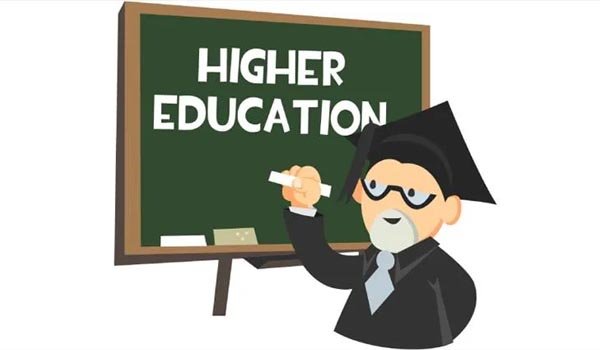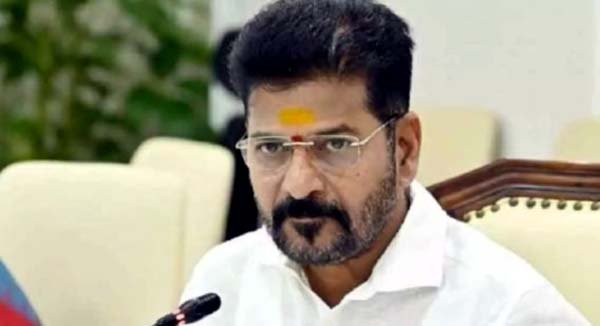New Delhi, July 10 (UNI) The government aims to raise the Gross Enrolment Ratio (GER) in higher education to 50 per cent by 2035, indicating its commitment to inclusive education and social justice, Education Minister Dharmendra Pradhan said today.
GER is a statistical measure used to assess the level of participation in education at different levels like primary, secondary and tertiary education. According to the latest data available up to 2023 Primary Education GER is approximately 100 per cent indicating universal enrolment at this level, secondary education about 85 to 90 per cent and tertiary education about 27 to 30 per cent.
The Minister, who was addressing a two-day vice chancellors conference at Kevadia in Gujarat, stressed the importance of raising the GER in higher education to 50 per cent by 2035 by taking definitive actions in critical areas such as redesigning curricula, building digital systems, training faculty and promoting multidisciplinary approaches.
It was imperative for the vice chancellors to act as catalysts in shaping the mindset and aspirations of students, he said and emphasised that universities must follow “students-first” approach. Students should be the centre of all reforms as they constitute the core of national strength for the future.
He called upon the vice chancellors to ensure that institutions being built for future were future-ready to promote ready work force and students were empowered to be job creators, social entrepreneurs and ethical innovators, an official spokesman said here.
He said in the last decade, India’s higher education ecosystem had undergone a fundamental transformation making it flexible, interdisciplinary, inclusive and innovation driven.
As a result the total student enrolment had touched 4.46 crore, a 30 per cent increase since 2014–15 and female enrolment had grown by 38 per cent. Female GER now exceeded male GER. Ph.D. enrolment had almost doubled and female Ph.D. scholars had grown by 136 per cent.
GER for Scheduled Tribes (ST) had increased by 10 percentage points, SCs by over 8 points indicating the Government’s commitment to inclusive education and social justice. As a result of positive policy initiatives more than 1,200 universities and over 46,000 colleges have been established making India of one of the largest systems globally.
The two-day conference of vice-chancellors of Central universities is being attended by more than 50 vice chancellors of leading higher education institutions. It will review, assess, and strategize the implementation of the National Education Policy (NEP) 2020 since its inception.
Organised by the Ministry of Education in collaboration with the Central University of Gujarat, the Conference aims at consolidating and mapping the institutional progress of Central universities for the vision of Viksit Bharat 2047.
Highlighting the concept of ‘Panch Sankalpa’ of the National Education Policy (NEP) 2020 the Minister said it would be the guideline for the VCs in their university Gurukuls. The prominent themes being next-gen emerging education, multi-disciplinary education, innovative education, holistic education and Bharatiya education.
The Minister called upon the VCs to devise changes to implement the objectives of the academic Triveni Sangamam through celebrating the past (India’s richness), calibrating the present (India’s narrative correction) and creating the future (India’s role in the global order). This would ensure understanding the past, uncovering the present and unfolding the future in the contemporary framework.
The Minister asked the VCs to prepare a strategy paper for full implementation of NEP 2020 in every university. It should include: multidisciplinary integration of subjects, mainstreaming Indian Knowledge System, devising strategies for tech driven education to promote skilling and up-skilling, campus initiatives focusing on innovation and integration of technology with traditional values and conferences like VC’s conference should be organised in the individual university campuses.
Discussions over the two days are expected to broadly cover three key areas: Strategic Alignment to ensure that Central universities are aligned with the policy’s next-phase goals, Peer Learning and Knowledge Exchange to foster dialogue among academic leaders on institutional innovations, enabling environments and shared challenges. Forward Planning and Readiness to prepare institutions for upcoming policy milestones, regulatory transitions, and the global academic landscape of 2047.
The conference will cover key aspects of higher education – teaching/ learning, research and governance through ten thematic sessions spread over the two days aligned with the key pillars of NEP 2020 —Equity, Accountability, Quality, Access and Affordability. These include alignment of courses as per the requirement of future of Job Role, Digital Education, University Governance System – SAMARTH, Promotion of Equity in HEIs, Education in Bhartiya Bhasha and Indian Knowledge System, Bhartiya Bhasa Pustak Scheme, Research and Innovation including ANRF, Ranking and Accreditation System, Internationalisation including Study in India and Faculty Development.
NEP 2020 lays out a clear vision for transforming India’s higher education landscape. It envisions vibrant, multidisciplinary institutions that encourage inquiry, collaboration and global engagement.
In alignment with this vision and to build synergies between different stakeholders, the Conference is expected to generate meaningful insights, strengthen collaboration among institutions and help chart a clear roadmap for the next phase of NEP 2020 implementation.
The inaugural day featured discussions on the Foundational Reforms to Accelerate NEP 2020 Implementation. The sessions highlighted strengthening the pillars of India’s higher education ecosystem, academic mobility, aligning teaching and learning with future of work, skill alignment, digital education, university governance systems, equity in higher education and integration of Indian Knowledge Systems.











